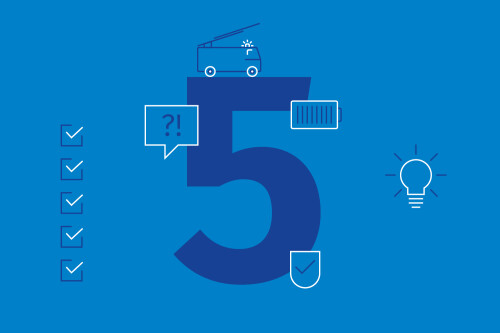

5 myths about the electrification of emergency vehicles
Electric battery systems are now an integral part of emergency vehicles - but by no means in all areas. There are still sceptical voices on the subject, which are often based on false assumptions. In this article, we clarify five common misconceptions and show which solutions from LEAB help to ensure a safe and efficient power supply.
- Myth 1: ‘Batteries are unsafe and can easily catch fire’
- Myth 2: ‘Battery-powered systems don't last long’
- Myth 3: ‘Batteries are more expensive than diesel generators’
- Myth 4: ‘The vehicle battery is adequate to power everything’
- Myth 5: ‘Electrification in fire services is complicated and unreliable’
Myth 1: ‘Batteries are unsafe and can easily catch fire’
Fact: Modern battery systems are extremely safe.
Reports of burning batteries appear in the media repeatedly, with electric vehicles in particular making the headlines. If you take a closer look, the causes are almost always to be found in negligence, inferior material or defects. Some technologies, such as lithium polymer, are also sensitive to overcharging or mechanical damage. Modern lithium iron phosphate batteries (LiFePO₄), on the other hand, are extremely stable.
Our LPS II impresses in terms of safety:
Thermally stable and not self-igniting even at high temperatures.
Reliable protection against overcharging, deep discharge and overheating thanks to battery monitor and cut-off relay.
Firm and stable hold thanks to mounting plate.
Myth 2: ‘Battery-powered systems don't last long’
Fact: With the right capacity, long operations are possible without any problems.
A common misconception is that battery systems do not last long enough - especially with high energy requirements, such as those found in emergency vehicles. But the reality is different: This is because the runtime of a battery system depends on the capacity and consumption of the connected devices.
Modern battery systems are designed to cope with an entire operation without the engine running or external energy sources. Particularly in conjunction with a 230 V power supply, as is standard in many fire brigades, a battery solution can also be recharged during downtimes if required - without the engine having to be running.
Our solution: The LPS II, our compact and lightweight all-in-one lithium-based power supply with 230 V supply, ensures a reliable power supply for many hours. The 160 Ah (2,048 Wh) capacity of the device can be expanded as required using additional batteries with a capacity of 280 Ah (3,008 Wh) each.
Myth 3: ‘Batteries are more expensive than diesel generators’
Fact: If you look at the total cost of ownership (TCO), battery systems are often cheaper.
Many organisations only compare the acquisition costs, but this is only part of the equation. If you look at the total cost of ownership (TCO), i.e. the total costs over the entire service life, battery systems often perform significantly better than conventional generators or dynawatt systems.
Here are the reasons:
No ongoing fuel costs: a generator has to be constantly run on diesel or petrol.
Lower maintenance costs: A battery system requires little maintenance, whereas a generator has to be checked and serviced regularly.
Longer service life: Modern lithium batteries last for thousands of charging cycles without losing performance.
These are just the purely economic reasons. Also of great value are significantly improved working conditions through the reduction of noise and exhaust fumes as well as lower emissions with our environmentally friendly mobile energy supply.
Our solution: An LPS II system is slightly more expensive to purchase than a conventional diesel generator. But if you want to act with foresight, you can opt for our sustainable battery solution with a clear conscience, which is ultimately not only economically convincing.
Myth 4: ‘The vehicle battery is adequate to power everything’
Fact: A separate auxiliary battery is crucial.
Many emergency vehicles have additional consumers such as radios, lighting systems or medical devices. Many people assume that the vehicle's starter battery is sufficient to power all electrical systems. However, this harbours a number of risks.
Here are the reasons:
The starter battery is not designed for continuous loads - its primary purpose is to start the engine. If it is overloaded, the vehicle may no longer start.
Modern vehicles have an intelligent alternator control system - this ensures that the battery is only recharged when necessary. If an additional load is connected, it may not be continuously supplied with power.
Without the engine running, there is no power supply - the vehicle has to run constantly to supply energy, which costs fuel and pollutes the environment.
The solution is an additional battery that is used specifically for consumers in the vehicle. This can be charged using a powerful charger such as the Champ Pro and ensures that the vehicle remains ready for use at all times.
Our solution: auxiliary batteries with a Champ Pro-Charger that ensures a continuous and reliable power supply.
Myth 5: ‘Electrification in fire services is complicated and unreliable’
Fact: With modern standards such as FIRECan, integration is easier than ever.
Many fire brigades are reluctant to switch to electrical systems because they believe that integration is complicated and prone to errors. But with new standards and interfaces, electrification is now easier than ever before.
FIRECan is a communication protocol specially developed for fire engines that enables simple integration of electrical systems. This allows different devices to communicate seamlessly with each other - be it the charger, the battery monitor or other electrical components in the vehicle.
In addition, the new DIN 14679:2024 standard ensures that chargers in emergency vehicles meet certain requirements - increasing safety and reliability.
Visit us at RETTmobil from 14 to 16 May and see our solutions for the electrification of emergency vehicles for yourself.
You may also be interested in these articles:
-
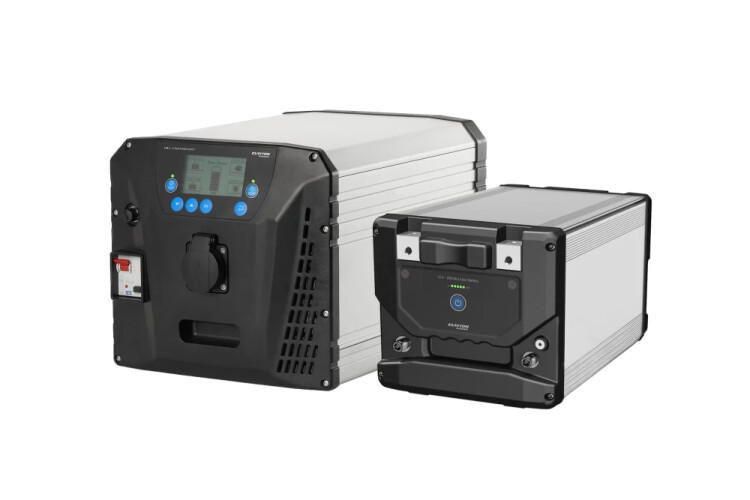
LPS II capacity expansion for demanding applications
Wherever an exceptionally long-lasting energy supply is required, LEAB now offers the option of increasing the capacity of the LPS II unit. Find out how this works here.
-
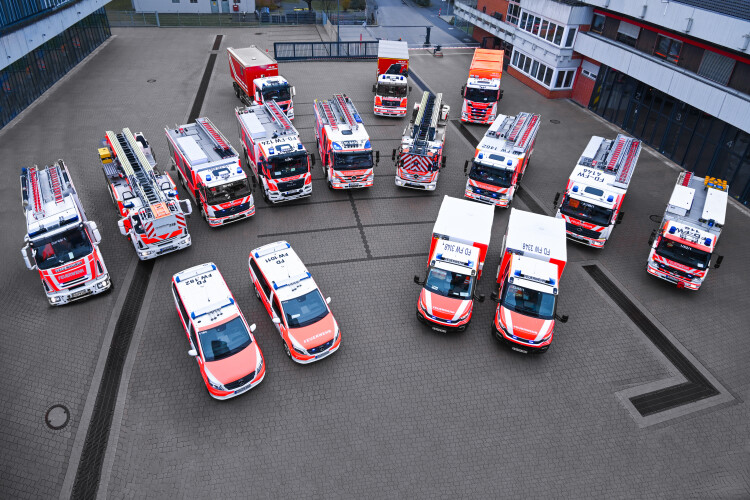
New energy for the Fulda fire brigade
We supported the Fulda fire brigade in converting their vehicles to the PowAirBox II. You can find out how this came about here.
-
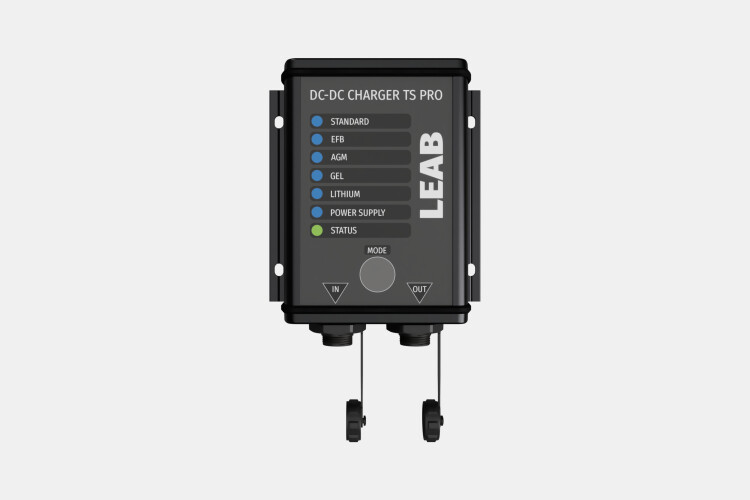
Exclusively at RETTmobil: DC-DC charger in accordance with DIN 14679:2024
Visit us at our stand at the RETTmobil from 15 to 17 May and discover the TS Pro and the new PowAirBox II.
-
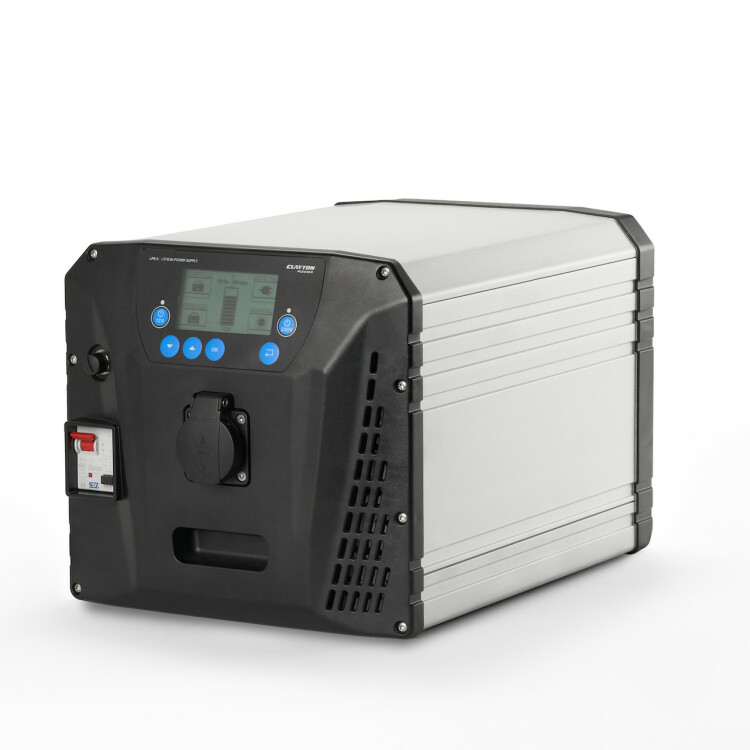
Premiere: Market launch of the LPS II
Our Lithium Power Supply enters its second generation - with new features, many improvements and more available power.